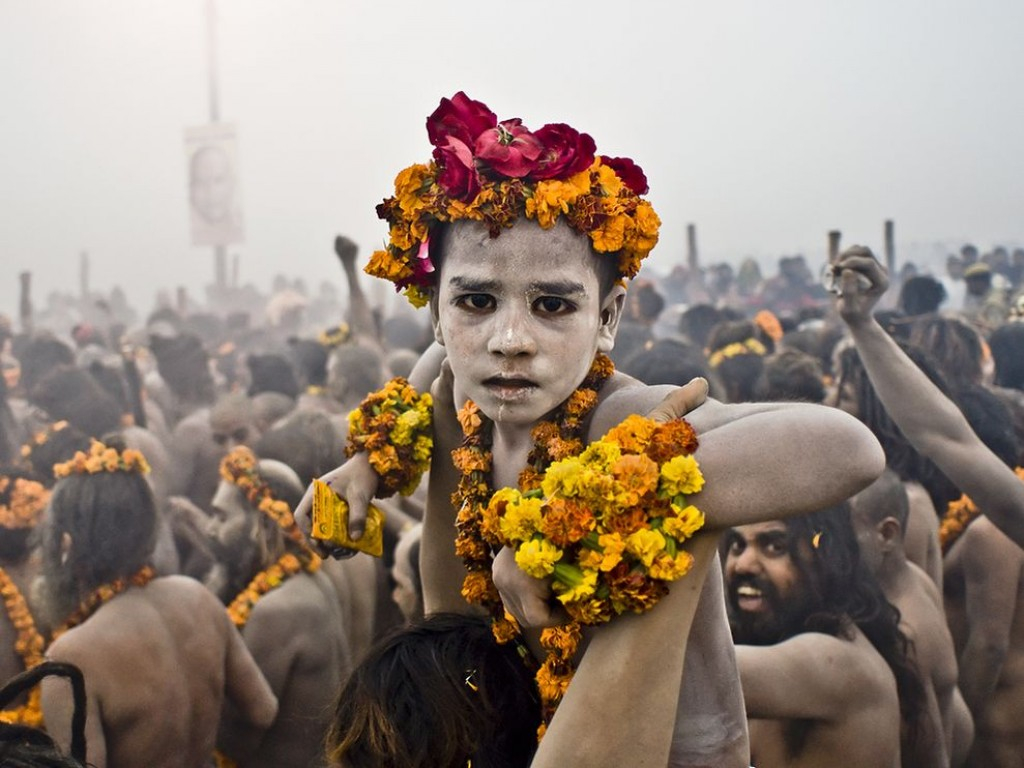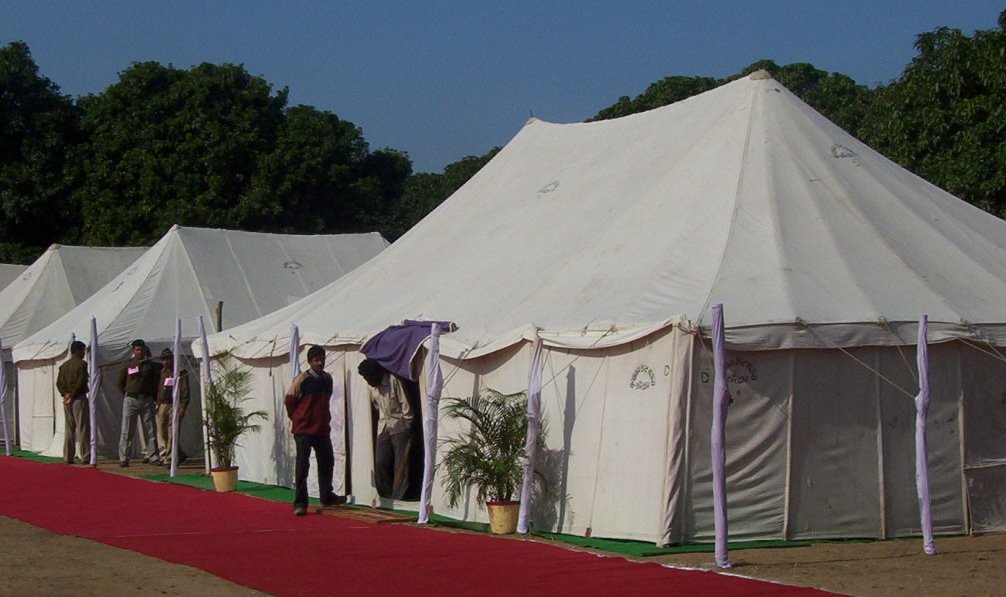Living in the technologically overpowered world, our culture and traditions are often forgotten. But, one tradition that is still standing strong with its faith increasing year after year is the sacred festival of Kumbh Mela. Kumbh Mela is held once in every three years at one of the four destinations: Haridwar, Allahabad, Nasik and Ujjain, in a rotational manner. So, at a single place it is held once in every twelve years.
Also Read : Celebrating Faith At The Maha Kumbh Mela
It is one of the most unique events that blend the religious and cultural attributes of Hinduism. Imagine an endless colony of global crowd living in tents on the banks of a sacred river, praying and taking a holy dip in the cold water, with hundreds of ongoing cultural activities and rituals, there is literally nowhere on this earth that you will get to see such a sight.
The atmosphere at the Kumbh is filled with the calming sounds of chiming bells, vedic hymns, mantras, bhajans on loudspeakers, aroma of beautiful flowers and satvik food, the feel of weed-wrinkled air, sight of bunches of colorful capers, the largest and the most diverse crowd, tents all over, herd of cows, horses, flock of camels, gold and silver chariots being pulled by devotees portraying their strength and skill. Only the fortunate ones get to witness such a blissful sight. Congregation of saffron covered priests, devotees coming from across the globe, Indian policemen handling the crowd, ash smeared naga sadhus, shirshasinis, all together exhibit a view that is truly unique to the grand Kumbh Mela.
Also Read : Diving Into The Mythological History Behind Kumbh Mela
With the accumulation of such a spiritually powerful crowd at Kumbh, the positive energy of that particular region increases to its peak. Such is the nature of positive energy levels in the Kumbh that even the largest human gathering is handled all with ease and till now, no big blunder(except stampedes) has occurred at any of the Kumbh festivals that has harmed humanity to a larger extent. Even the slightest of the negativity is turned into something so positive that the only thing one can feel at the Kumbh Mela is just pure bliss. It is the place and time when one can immerse till eternity in the magic of one’s own soul. It is a place where one can explore the natural powers of their divine soul and unlock the doors to spirituality. Come join us at Kumbh Mela to initiate a journey within. To register for the event, please visit www.yogalife.co.in/seminar.
Relevent Post:
The Prosperous City Of Ujjain Is Waiting To Welcome You At The Maha Kumbh
















